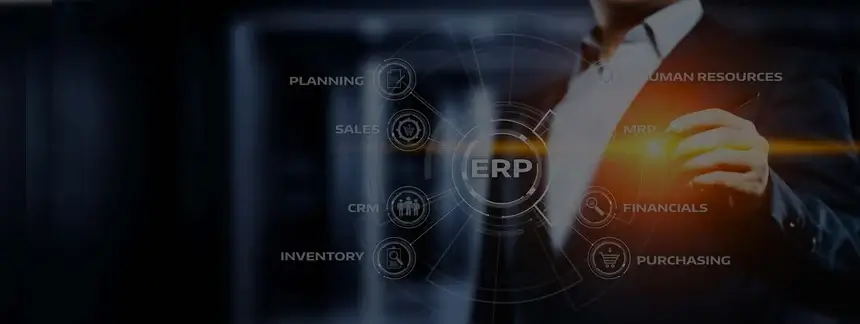ERP and the Family Vacation - a Lesson in Communication
It’s that time of year again. The weather is nice, kids are out of school, and it is time for the loved, and in some cases, dreaded, family vacation. This time of year is also downtime for many organizations prior to the busy fall and holiday seasons, when planning for an upgrade or change to enterprise systems may finally take priority.
There are some surprising similarities between planning a family vacation and selecting an ERP, specifically in how to deal with family and team members, keep everyone happy, and keep the mission on target. In the spirit of summer travel and corporate advancement, consider the following in managing people when selecting a new ERP or enterprise technology platform:
Demand Alignment: “Dad, I don’t want to go to the beach, I want to go to Disneyland.” The answer to this type of complaint should parallel the response to the accountant who states, “We can’t change our AP processes and we need to stick with our legacy platform.” The answer in both cases is the same: “We have made a decision, and we need you on board. What can we do to ensure your support moving forward?” Of course, you would state it differently to a 7-year-old, and maybe the sales staff, but the message needs to be delivered strong and clear. The objective now becomes a focus on building that alignment through proper communication and education.
Delegate and Empower an Executive Sponsor: As referenced above, you cannot necessarily rely on your 7-year-old to make the final decision on where to take your entire family on vacation. Otherwise, you might end up bankrupt, lost, or with the remaining family members bored out of their minds. The same goes for selecting an ERP. You can and should involve others in defining what the business will need from a new system, but someone with authority and global visibility into the needs of the company should ultimately make the call. The Sponsor will usually be someone in the C-Suite but may also be delegated by the owners or leadership. The importance is that everyone involved in the process understands and respects the governance model for the ERP initiative.
Respect, but Do Not Cater to Users: A lot of questionable advice is floating around on how you need to involve every single person in the organization when selecting new software. One-on-one interviews, functional requirements sessions, focus groups, surveys, feedback centers, scoring spreadsheets, and the list goes on. These are all fine and well, and we are not recommending that you don’t use some of these methods, as needed, but keep in mind that user opinion on the viability of a new ERP platform SHOULD NOT INFLUENCE the selection of a new system. For any mid-size to larger organization, this is also nearly impossible and a waste of time. Have you ever tried asking an entire kindergarten classroom what flavor of ice cream should be ordered for the party? Simply order vanilla and chocolate and move on!
Build the Concept of “Fit-to-Standard”: We will build on this concept more in the future, but by beginning requirements and needs assessments with the message that you are going to utilize the new system’s pre-built capabilities and take as many realistic “best practices” from the technology as possible, people will quickly get the message that processes are likely to change. One mistake many companies make when determining the needs of the organization is simply to ask users how they do their jobs today and what they “want” from a new ERP rather than focus on the purpose and outcome of their jobs. If done correctly and within the ideal of limiting customizations, the current processes will likely not map over into a new system. It simply does not work this way and will only frustrate users if they have been promised that “things will be the same,” or “the new ERP will do anything you want!”
Use the standard model as a starting point, and then modify to your custom processes only as needed. There is a reason the snorkel boat hits one spot in the morning and another after lunch. They need to coordinate with the tides, and with other tour companies, navigate the best route to maximize time in the water, as well as make sure guests don’t get eaten by sharks. Do not ask for a detour or change of itinerary unless you have a particularly good reason.
In summary, if you start with the correct messaging, let people know what is going to happen and why, and verify that Walley World is, in fact, open, the journey will be much smoother, and the company and kids will be far better prepared for what lies ahead.
We've been down this road before...many times. Reach out and let us help you.

